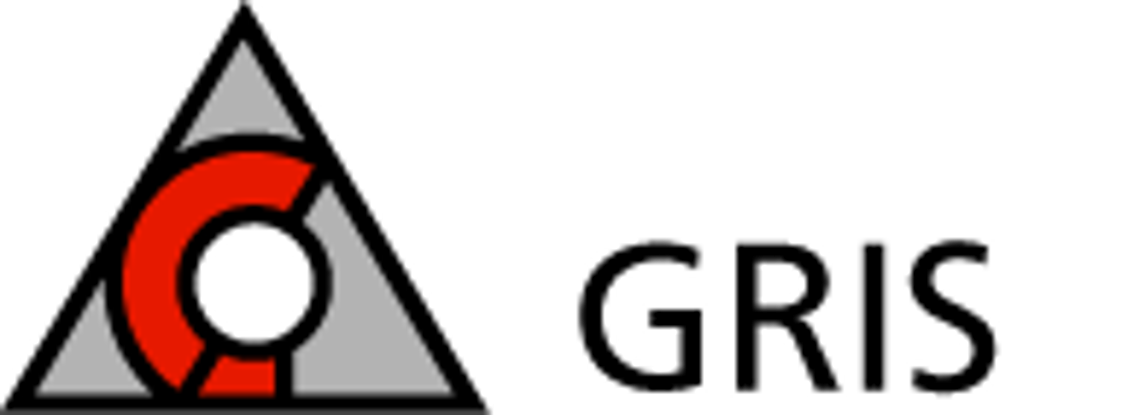DFG-Forschergruppe FOR 1585
The DFG – funded research-project 'Multi-Port Knochenchirurgie am Beispiel der Otobasis (MUKNO)' (Multi-Port bone surgery using the example of the temporal bone) is a cooperation between the clinic for otorhinolaryngology of the University Hospital Düsseldorf, the Laboratory for Machine Tools and Production Engineering (WZL) of the RWTH Aachen University and the Interactive Graphics Systems Group (GRIS) of TU Darmstadt. Additionally, for the current, second funding period, the project group for Automation in Medicine and Biotechnology (PAMB) based in Mannheim was introduced into the research group.
The research project focuses on the investigation of surgical procedures at the otobasis. By introducing minimally invasive surgery techniques, we aim to minimize tissue damage and the impact of the surgery. The challenge of these surgical procedures is to not damage vital structures, e.g. the internal acoustic meatus or the carotid artery. In current surgical practise, the surgeon has to uncover the anatomical structures. The risk to the patients health is increased by the larger surgical area and the higher complication probablity.
While procedures with 3 linear, i.e. straight, drilling channels have been investigated in the first funding period, we are developing robot-based drilling methods featuring curved drilling channels in the second period. The target region is reached through these curved channels with the surgical instruments. A navigation and control system assists the surgeon in the planning and the drilling phases. The robotic system is introduced into the investigation of the managebility over the procedure and its process chain.
In order to keep the complication rate below 0.5% within the whole process-chain, several error sources from different phases have to be taken into account. These phases can be grouped into pre-operative (image acquisition, segmentation as well as registration and positioning of the drilling device) and intra-operative phases (measurement of the postion, control and visualization of the drilling device).
Sub-projects during the second funding period of MUKNO
The Interactive Graphics Systems Group (GRIS) of TU Darmstadt is responsible for two sub-projects:
- Computergestützte Planung nichtlinearer Zugangswege
- Navigation der Bohreinheit
Computer-aided planning of non-linear access paths
First step of the planning is the acquisition of CT-images of the otobasis. The individual risk structures have to be segmented from this data in order to create a 3D-model. This model of the otobasis will then be used to calculate multiple access paths for the operation.
Segmentation
During the research project MUKNO I segmentation of the individual risk structures was done with the probabilistic active shape model (PASM). Thereby a semi-automatic procedure to create a 3D-model for the planning of linear access paths could be achieved. However, initialization of the statistical models was performed manually. In the second phase of the project the accuracy of the segmentation shall be further increased and a fully automated segmentation procedure shall be developed.
Planning
Due to the mechanic of the drilling unit the access paths need to fulfill certain differential constraints (2 times continuously differentiable, limited curvature). To compute the most suitable access paths algorithms in the field of motion planning, specifically of nonholonomic path planning, will be investigated. In particular, the focus lies on the optimization of these paths with regard to medical parameters.
Contact: Johannes Fauser
Navigation of the drilling device
The drilling device cuts curved drilling channels and removes excavated bone and tissue. In order to control this process, it is necessary, to measure the position and orientation of the drilling device. The Difference of the measured values and the position and orientation according to the planned trajectory leads to adjustments of the control value. The current position and deviations to the planned trajectory are visualized for the surgeon intra-operatively. If the deviations to the planned trajectory are larger than allowed in the pre-operative planning phase, the surgeon has to decide about an adaptation of the trajectory or the termination of the procedure.
(David Kügler)
Position and orientation of the drilling-device
The measurement of the position and orientation of the drilling-device is a pre-requisite for its visualization and control. It is essential to achieve a high measurement accuracy, since the anatomical structures of the otobasis are very small. The detection of the drilling-device in high-resolution X-ray images leads to high spatial accuracy, but the intense radiation exposure limits the feasible sampling-rate. Furthermore, it is not possible to reconstruct the rotation around the central axis (roll) in adequate accuracy. Therefore, we are developing a hybrid system. This system is based on the combination of an electromagnetic tracking system and a c-arm X-ray unit. We expect to achieve high accuracy in time and spatial dimensions with this system.
Trajectory Control
Despite deviations from the planned trajectory, the system must stay within the stable and secure state space as imposed by the surgeon. These deviations can be caused by disturbances and errors including inhomogeneous tissue structures, model-based uncertainties and measurement-inaccuracies. The correction of deviations is the task of the control system. The trajectory control creates an updated trajectory from the planned trajectory and the current measured position and orientation for small deviations. If major deviations are present, alternative trajectories will be planned and approved by the surgeon. A control system, that connects these apporaches and chooses from the different strategies, has to be developed. This includes criteria for the selection of the strategies.
Visualization of the drilling progress and current deviations
The visualization displays and clearly communicates the anatomical structures, the drilling-device and its state including the deviations from the planned trajectory for the surgeon. The tool enables the surgeon to evaluate the current situation and intervene at any given time. Together with the planning tool, these interfaces implement all communication between the surgeon and the automated system.


